Russian Dog Breeds: Powerful Guardians with Big Hearts
Russia isn’t just famous for its ballet, vodka, or snowy winters, it’s also home to some of the world’s most rugged and majestic dog breeds. Breeders bred these dogs to survive brutal temperatures, guard livestock, pull sleds, and chase wolves across frozen tundras. If you’re curious about canines that combine strength, loyalty, and resilience, Russian dog breeds have some jaw-dropping examples to explore.
Hunting and Working Heritage of Russian Dogs
Dogs Bred for Harsh Winters
Think about the Russian climate: freezing cold, mountainous terrain, and vast open landscapes. Breeders didn’t create Russian dogs to be lap pets — they bred them for action. These pups carry dense coats, powerful bodies, and a strong instinct to work.
Dogs Used for Protection and Herding
Most Russian breeds were created to serve a purpose, guarding flocks, herding sheep, or helping soldiers. They’ve got strong protective instincts and often make excellent watchdogs or farm companions.
Top Russian Dog Breeds You Should Know About
Let’s dive into some of the most well-known and beloved Russian dog breeds.
1. Caucasian Shepherd Dog
Appearance and Size
Massive. That’s the first word that comes to mind. With males weighing over 170 pounds, the Caucasian Shepherd looks more like a bear than a dog. Thick fur, muscular build, and an imposing presence make them intimidating protectors.
Temperament and Traits
Don’t be fooled by their size, they’re gentle with their families but fearless with strangers. Ideal for guarding large properties or livestock.
2. Russian Black Terrier
Why It’s Called the “Black Pearl”
Nicknamed the “Black Pearl of Russia,” this breed was developed by the Soviet military to be a versatile working dog. With its jet-black coat and alert demeanor, it’s as stunning as it is functional.
Ideal Living Conditions
They’re not apartment dogs. Russian Black Terriers need space and mental stimulation. A bored terrier is a destructive terrier.
3. Borzoi (Russian Wolfhound)
History as a Royal Companion
These elegant sighthounds were the favorites of Russian nobility. Sleek, tall, and graceful, the Borzoi was used to hunt wolves and entertain aristocrats.
Speed and Elegance
Don’t challenge one to a race—they’re incredibly fast. But despite their hunting background, they’re surprisingly laid-back and enjoy lounging around.
4. Siberian Husky
Origins and Work Ethics
The Chukchi people bred the Siberian Husky for sled-pulling and companionship, making it one of the most popular Russian breeds worldwide. Energetic and friendly, they’re hard workers with tons of personality.
Modern Popularity
Their striking blue eyes and wolf-like appearance make them a social media favorite. Just be ready for their endless energy.
5. Samoyed
The Famous “Sammy Smile”
That smiling, fluffy face? That’s the Samoyed. This breed is not only adorable but also tough, originally used to herd reindeer and pull sleds.
Friendliness and Family Life
They’re social butterflies, great with kids and other pets, but not great at being alone. Prepare for lots of cuddles and a bit of clinginess.
Lesser-Known Russian Dog Breeds
Beyond the popular ones, there are hidden gems in the Russian dog world.
6. East European Shepherd
Created by crossing German Shepherds with native Russian dogs, this breed is loyal, obedient, and tougher than your average Shepherd.
7. Russian Spaniel
Small, affectionate, and energetic, the Russian Spaniel is great for families and loves a good game of fetch. Perfect for those who want a Russian dog without the bulk.
8. Laika (Multiple Varieties)
There are several types of Laika dogs, often used for hunting and sledding. The Siberian Laika, in particular, is known for its endurance and independence.
What Makes Russian Dog Breeds Unique?
Adaptability to Climate
These dogs thrive in cold temperatures, thanks to their dense double coats. That means less worry in snowy environments, but more grooming responsibility.
Loyalty and Work Drive
Whether it’s guarding your house or running beside you on a trail, Russian dogs live to serve. They’re fiercely loyal and often bond deeply with their owners.
Choosing the Right Russian Dog for Your Lifestyle
Apartment vs. Large Home
Some Russian breeds (like the Russian Spaniel) adapt well to apartment life, while others (like the Caucasian Shepherd) need space, lots of it.
Activity Level and Exercise Needs
If you’re the couch-potato type, a Husky might drive you crazy. Match your activity level to the breed to ensure harmony.
Caring for Russian Dog Breeds
Grooming Tips for Thick Coats
Most Russian breeds have thick fur that sheds heavily, especially in spring and fall. Invest in a good brush and expect regular grooming sessions.
Training and Socialization Advice
These dogs are smart but can be stubborn. Early training and socialization are key, especially with guardian breeds that may become overly protective.
Conclusion
Russian dog breeds are more than just pets, they’re companions bred through centuries of harsh climates and hard work. Whether you want a massive guardian, a fluffy sled-puller, or a royal hunting dog, Russia has a breed for you. Just be ready to match their loyalty with love, care, and lots of belly rubs.
Frequently Asked Questions (FAQs)
1. What is the most popular Russian dog breed globally?
The Siberian Husky is by far the most well-known and widely owned Russian dog breed around the world.
2. Are Russian dog breeds good with children?
Yes, many, like the Samoyed and Russian Spaniel, are great with kids, but proper training and socialization are essential.
3. Do Russian dogs need cold climates to thrive?
They’re built for cold weather, but with proper care, you can keep them cool so they live comfortably in warmer climates too.
4. How often should I groom my Russian dog?
Most require weekly brushing, but during shedding seasons (spring and fall), you may need to groom them daily.
5. Are Russian dog breeds easy to train?
They’re intelligent, but some are strong-willed. Consistent training, patience, and early socialization work wonders.
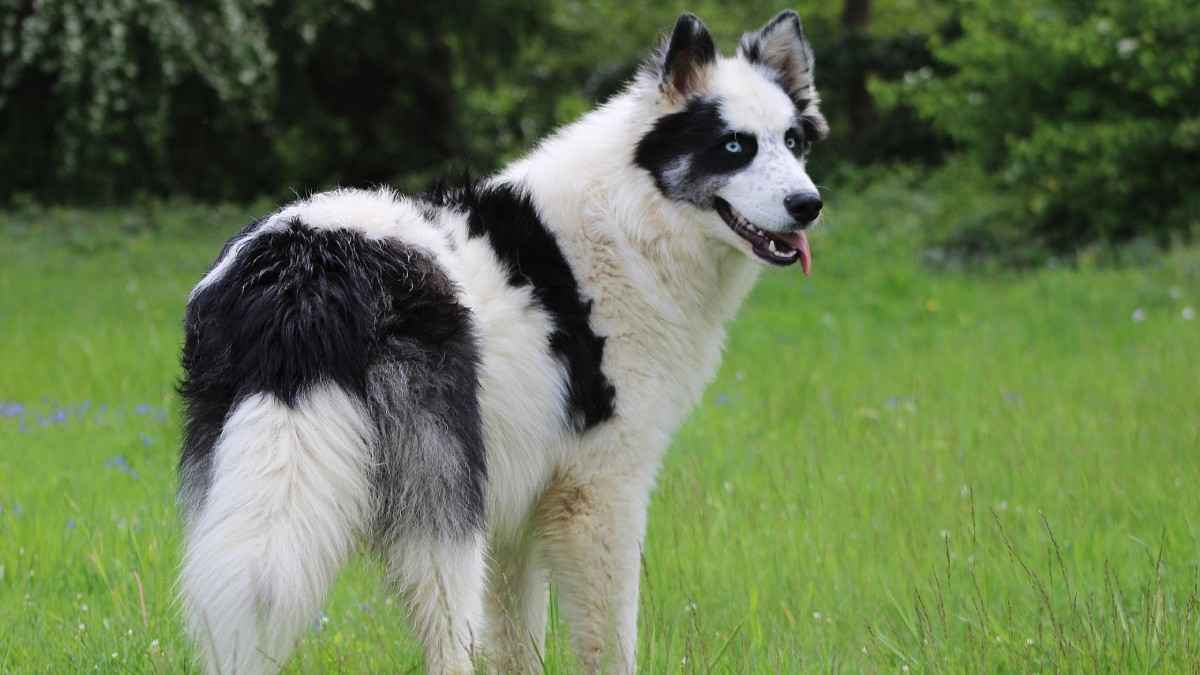
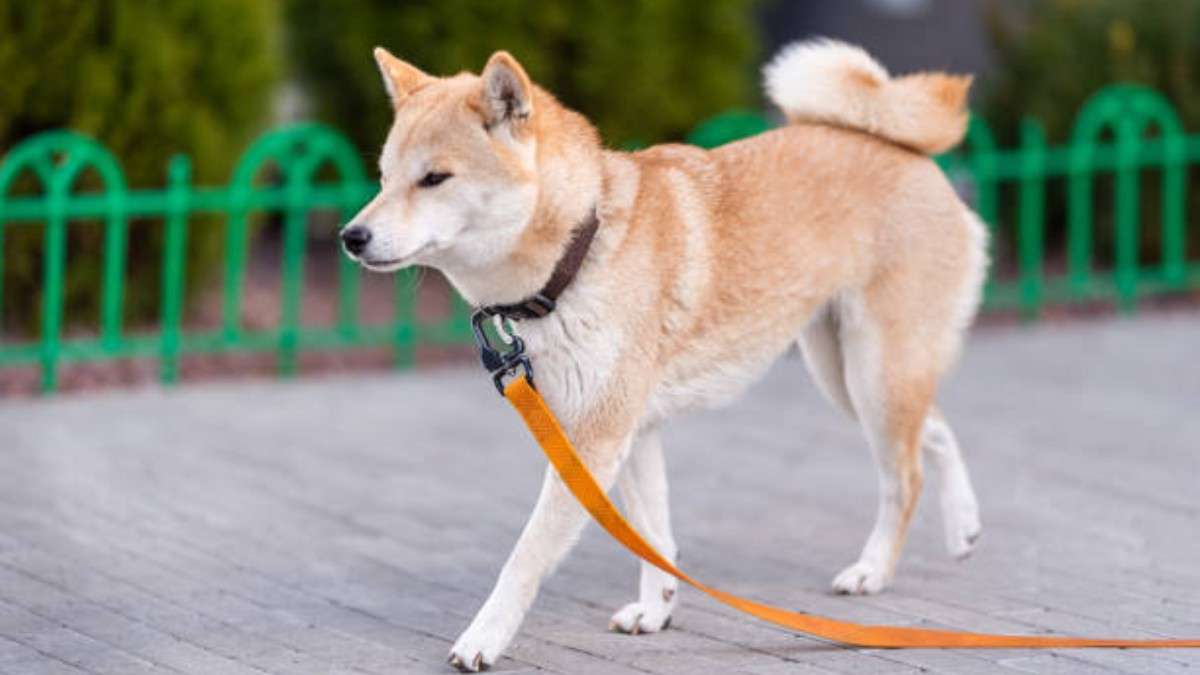
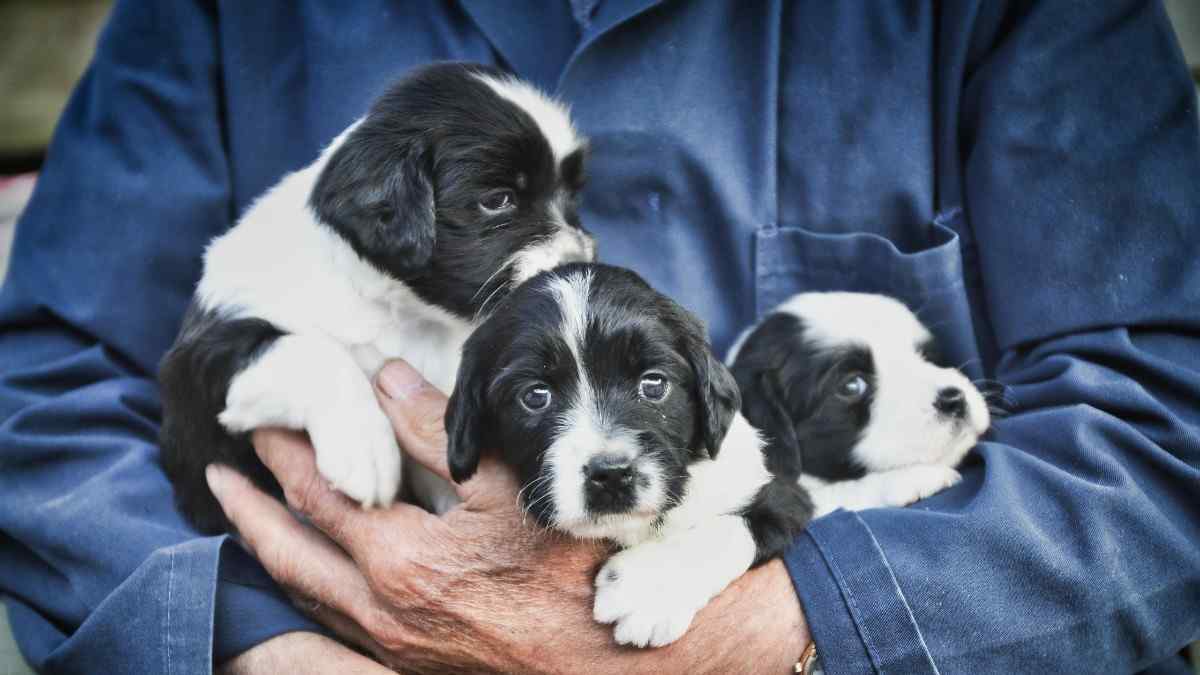
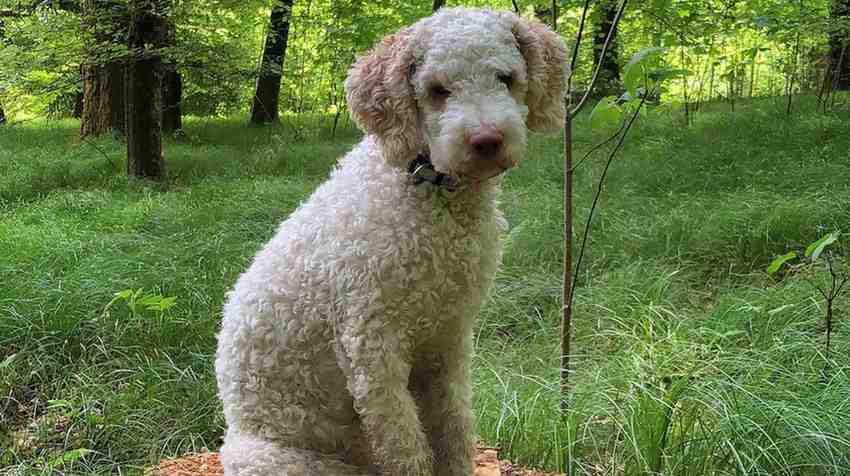
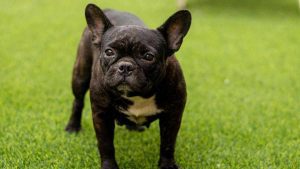
Post Comment